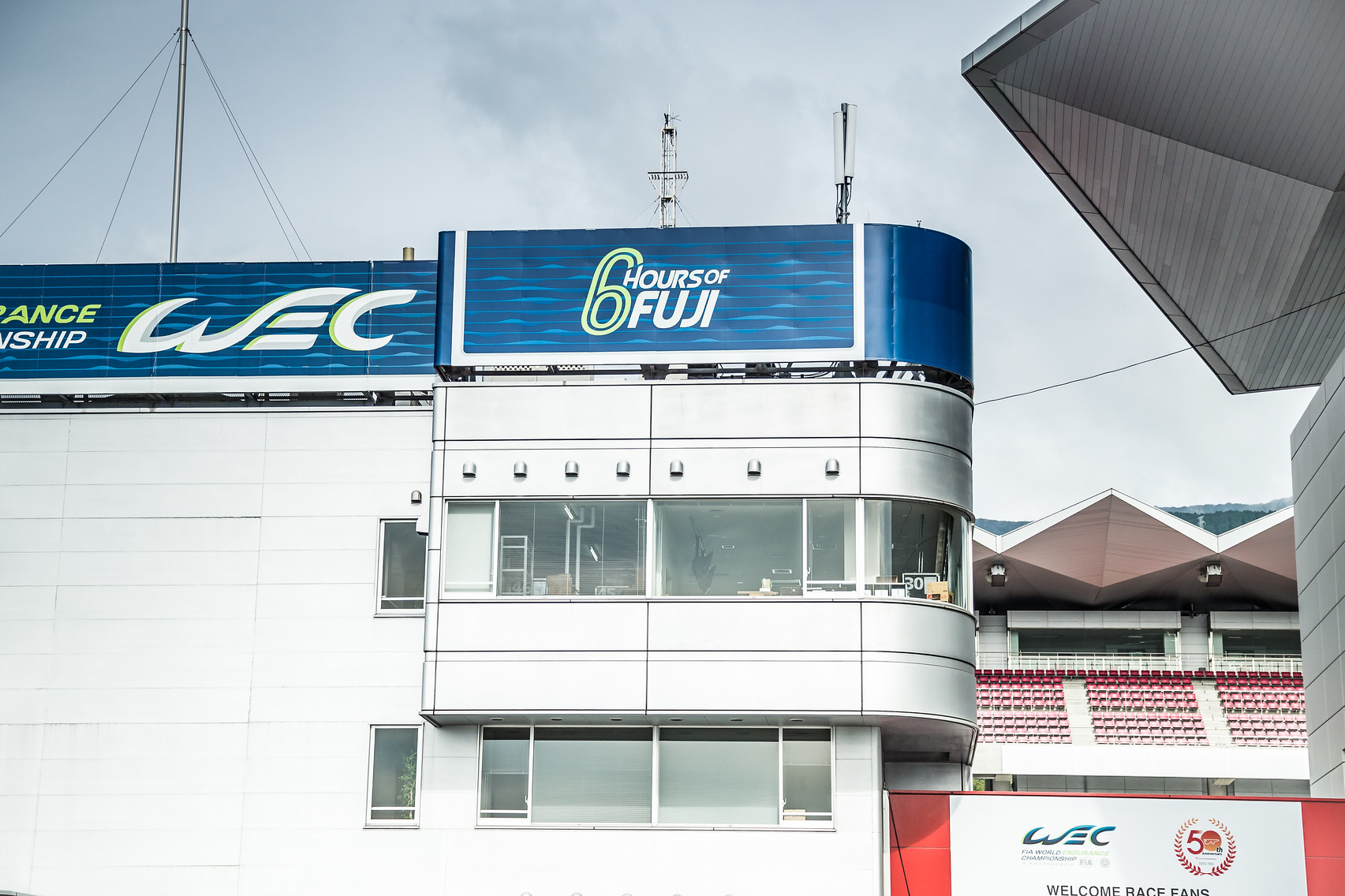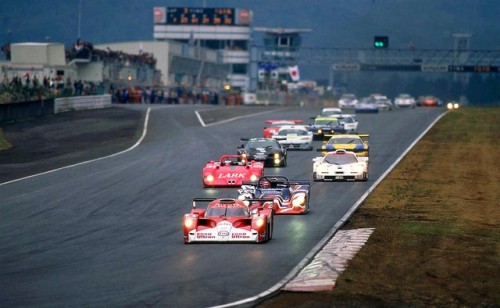
Fuji: A circuit steeped in endurance racing history
The venue for the fourth round of the WEC Super Season, to be held on Sunday, 14th October, Fuji Speedway has a pioneering role in the history of motorsport, from F1 to endurance racing.

Built in the early 1960s in the shadow of the iconic Mount Fuji, on 24th October 1976 the circuit hosted the very first Grand Prix of Japan. The race has become legendary as it saw the conclusion of the fabulous title duel that year between Niki Lauda (Ferrari) and James Hunt (McLaren).
In monsoon conditions, Niki Lauda, who was leading the world championship, decided to withdraw on the second lap due to the conditions. Mario Andretti won the race, a first for Lotus, and James Hunt finished third which secured the title by one point.
Subsequently, three further Japanese Grands Prix were held at Fuji in 1977, 2007 and 2008, respectively won by James Hunt (McLaren), Lewis Hamilton (McLaren) and none other than Toyota Gazoo Racing’s Fernando Alonso (Renault).
By the 1980s Fuji Speedway was used for the FIA World Sportscar Championship – the predecessor to the WEC – as well as notable national races such as the Fuji 500 Miles which was a fixture of the All-Japan Sports Prototype Championship (the forerunner to Super GT) between 1985 to 1992.

On 7th November 1999, Fuji International Speedway (as it was then known) hosted the first endurance race held in Asia by the Automobile Club de l'Ouest. Run over 1000 kilometres, it was won by the Nissan R391 of Erik Comas, Satoshi Motoyama and Masami Kageyama from the Toyota GT-One of Ukyo Katayama, Keiichi Tsuchiya and Toshio Suzuki, who finished second in the 24 Hours of Le Mans that year.
Since 2012 Fuji Speedway has played host annually to the WEC with an ever-increasing number of endurance racing fans attending the Toyota-owned track for the 6-hour races. Popular with teams and fans alike, will Toyota triumph again in 2018? Tune in to the FIA WEC App to find out more between 12-14 October.
With thanks to Jean-Philippe Doret





